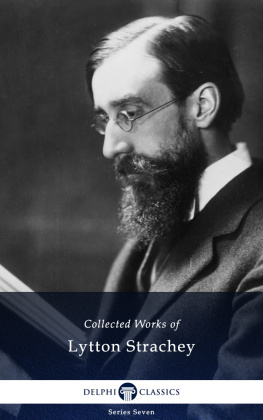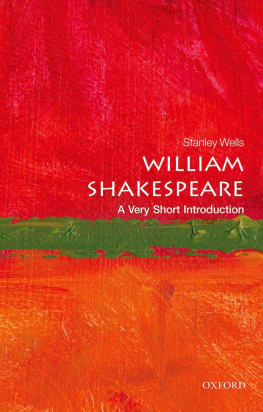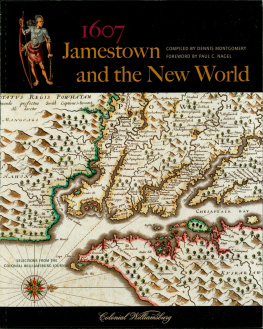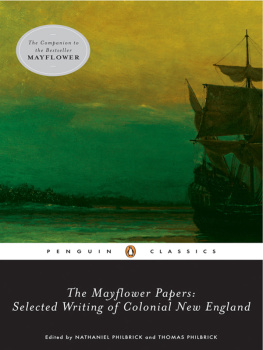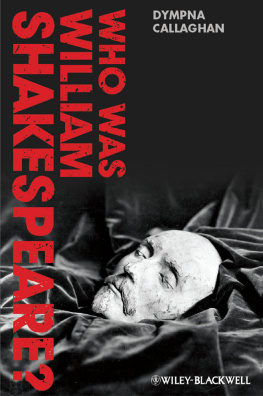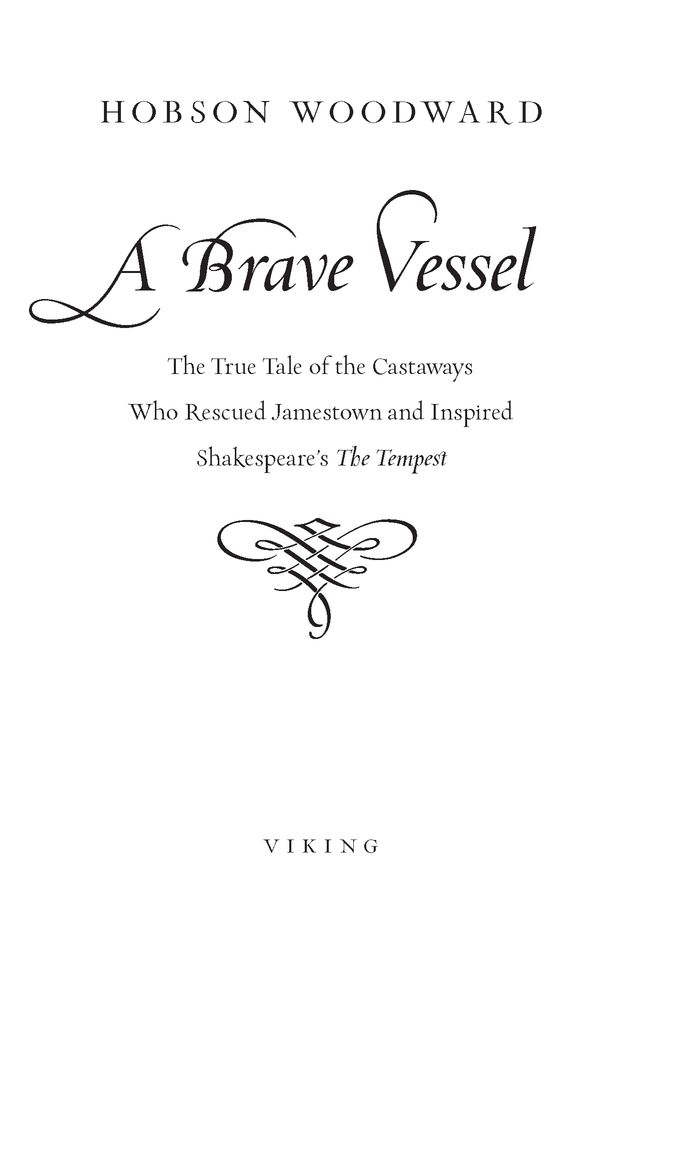Table of Contents
VIKING
Published by the Penguin Group
Penguin Group (USA) Inc., 375 Hudson Street,
New York, New York 10014, U.S.A.
Penguin Group (Canada), 90 Eglinton Avenue East, Suite 700, Toronto,
Ontario, Canada M4P 2Y3 (a division of Pearson Penguin Canada Inc.)
Penguin Books Ltd, 80 Strand, London WC2R 0RL, England
Penguin Ireland, 25 St. Stephens Green, Dublin 2, Ireland
(a division of Penguin Books Ltd)
Penguin Books Australia Ltd, 250 Camberwell Road, Camberwell,
Victoria 3124, Australia (a division of Pearson Australia Group Pty Ltd)
Penguin Books India Pvt Ltd, 11 Community Centre,
Panchsheel Park, New Delhi-110 017, India
Penguin Group (NZ), 67 Apollo Drive, Rosedale, North Shore 0632,
New Zealand (a division of Pearson New Zealand Ltd)
Penguin Books (South Africa) (Pty) Ltd, 24 Sturdee Avenue,
Rosebank, Johannesburg 2196, South Africa
Penguin Books Ltd, Registered Offices: 80 Strand, London WC2R 0RL, England
First published in 2009 by Viking Penguin, a member of Penguin Group (USA) Inc.
Copyright Hobson Woodward, 2009
All rights reserved
Map by Jeffrey L. Ward
LIBRARY OF CONGRESS CATALOGING IN PUBLICATION DATA
Woodward, Hobson.
A brave vessel : the true tale of the castaways who rescued Jamestown
and inspired Shakespeares The tempest / Hobson Woodward.
p. cm.
Includes bibliographical references and index.
eISBN : 978-1-101-06032-2
Without limiting the rights under copyright reserved above, no part of this publication may be reproduced, stored in or introduced into a retrieval system, or transmitted, in any form or by any means (electronic, mechanical, photocopying, recording or otherwise), without the prior written permission of both the copyright owner and the above publisher of this book.
The scanning, uploading, and distribution of this book via the Internet or via any other means without the permission of the publisher is illegal and punishable by law. Please purchase only authorized electronic editions and do not participate in or encourage electronic piracy of copyrightable materials. Your support of the authors rights is appreciated.
http://us.penguingroup.com
For Powell, Mary,
Beth, Sadie, and Sage
O, I have suffered
with those that I saw suffera brave vessel (who had no doubt some noble creature in her) dashed all to pieces.
Miranda, The Tempest
PREFACE
To William Strachey the new play by William Shakespeare seemed oddly familiar. Watching The Tempest from a seat in the Blackfriars Theater on an autumn afternoon in 1611, Strachey was sure he recognized the luminous flight of the sprite Ariel about the masts of the Tempest ship. The scene was an eerie reminder of a rain-whipped night two years before, when St. Elmos fire appeared on the masts of the vessel on which he rode. Strachey had written a letter home that described a little round light like a faint star, trembling and streaming along with a sparkling blaze half the height upon the mainmast. Now here was Shakespeares character onstage, a shimmering sprite who told of illuminating the Tempest ship in the same wayon the topmast, the yards and bowsprit would I flame distinctly. The similarity seemed so strong, it was almost as if the playwright had read his letter and recast his very words as an enchanted idyll. As William Strachey would soon realize, William Shakespeare had done just that.
Most of the writings of William Strachey are long forgotten. Virtually all the sonnets and narratives he wrote between 1604 and 1612 met with indifference when he managed to put them in front of readers. His habit was to worry over every line, and his works were invariably laboredall of them, that is, but his tale of the sea voyage of 1609. Strachey told of the wreck of the Sea Venture, the flagship of a fleet carrying colonists to Jamestown in Virginia. That one account seizes the reader from the first sentence, carrying her through a drenching tempest, a shipwreck, and a harrowing adventure on an exotic isle. Perhaps not surprisingly, Stracheys evocative narrative was written without much thought in a wilderness hut for an audience of one. The woman who received his letter lent it to others, and those readers gave it to their friends, until it was eventually passed along to William Shakespeare.
The greatest writer of the English language was a bit of a literary pickpocket. Shakespeare was a voracious reader and extracted language and ideas from contemporary and classical literature alike. Such homage to the works of others was not only tolerated in Jacobean England, it was expected, and Shakespeare was a master. In his supremely creative mind, merely good language was made both accessible and profound for readers of his time and those of ages far beyond his own. The ability to select and transform language was one of Shakespeares greatest gifts.
The use of William Stracheys narrative of the wreck of the Sea Venture as the framework of The Tempest is a prime example of Shakespeares craft. In his nimble mind, the glow on the mast of the ship became the winsome Ariel. The enigmatic wild man Caliban was a descendant of a murderous sailor and Powhatan voyagers who were marooned with the English. Elements of the magician Prospero were developed out of Stracheys portrait of the leader of the shipwrecked company. Good-hearted Gonzalo had a silver-haired counterpart in the admiral who rode the Sea Venture. There are small detailsa berry drink Strachey drank was poured into Calibans cup, and a rock-dwelling bird the castaways stalked became the quarry of Tempest hunters. There are overarching themes, as wellthe musings of Gonzalo about founding an ideal commonwealth on the Tempest isle are a crystallization of the contemporary debate about Britains colonial ambitions. Strachey provided a true story of colonial exploration; Shakespeare applied his art and re-created it as a New World masterpiece.
The pages that follow tell the story of that collaboration between William Strachey and William Shakespeare, a joint project of which Strachey was unaware until he returned from the New World to find the reworking of his story on the London stage. Strachey was obscure, and his counterpart was one of the most famous men of his time. One lived through a hurricane and shipwreck on an uninhabited island; the other remolded the story of the voyage as a tempestuous tale with universal appeal. This book tells the story of those two writers, and the sea storm, black plague, rivalries, murder, love, mutiny, and war they experienced before they wrote their intertwined tale.
I first encountered the story of the literary intersection of William Strachey and William Shakespeare while reading about the life of Pocahontas. The Englishman whom Pocahontas would marry, John Rolfe, was aboard the Sea Venture and spent ten months as a castaway on Bermuda with Strachey. The reference I came across was brief, saying only that Stracheys narrative inspired Shakespeares play. I was captivated nonetheless, and so began to read everything I could find about the voyage and the play, andespeciallythe links between the two.
My foray into Virginia and Tempest history took me across the Atlantic, where I visited the libraries of London and Oxford and stood on the Thames riverbank where Stracheys ship departed for Jamestown. I saw Shakespeares work on the stage of the rebuilt Globe Theater and wandered the sites of his London haunts. In Bermuda I searched for beach glass in the cove where the castaways launched one of their homemade ships and visited museums and archives to examine artifacts from 1609. Back in America I went to the Historic Jamestowne Archaearium museum to see artifacts of the settlement and inspect the bones of Bermuda birds eaten by the colonists. Nearby I saw Shakespeares characters come alive again within the authentic walls of Virginias replica Blackfriars Playhouse.








